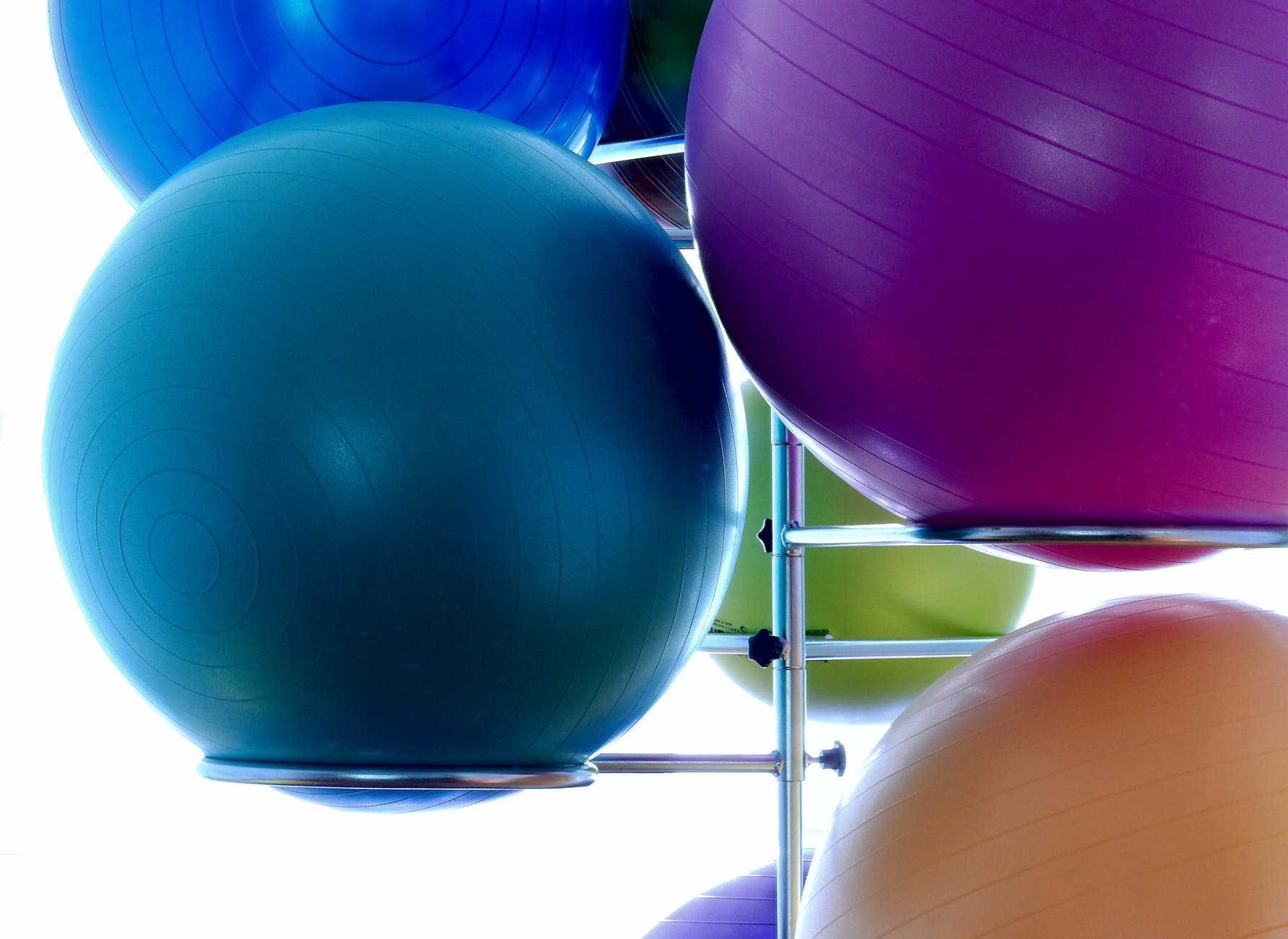ADHD KIDS 3 Effective Ideas for Success in Learning: Structural Discipline

This is something I learned from Don Aslett’s organization books years ago. What a brilliant organizer and cleaner he was! Two of the most helpful tips I remember from his books were first, using a textured wall to discourage teens from writing graffiti and second, using structural discipline to keep a place tidy. One example he gave of this was how the bank uses a simple bar with ropes to corral people into a tidy lineup at the bank tellers (Aslett, c. 1986). The most important thing to remember about Structured Discipline, is that it really is about providing. What is, we as parents or teachers need to provide many alternatives, opportunities, and tools that stimulate creativity. Keeping that in mind, we read on.
This concept can be used in classrooms or the home for parents and teachers to help ADHD kids stay more organized in learning, play and free activities reducing messes. One idea is to have all forms of activities stored in themed boxes which cannot be reached by the students or ADHD child so only one activity at a time can be used by asking the teacher or parent. When they are done they can pack up the box and ask for a different one. At times, let the children play with 2 or 3 such themed boxes in order to combine some creativity. For example, a box of cars can be used with some plastic road maps or a box of miscellaneous houses and trees to create a larger theme of a city.
Think about your teaching environment: Is it quiet or pleasant sounds? Does it have noise absorbers (cushions, carpet, soft toys)? Does it provide children with movement toys while listening (Swiss ball, rockers, malleable soft balls)? Do you have overhead music or sound frequencies that calm, to use when necessary? Do you have daytime or natural lighting?
Two thoughts from the study by Cloud (2009) will enhance your room designs for home and school, “Providing students with opportunities for unstructured movement has shown to be helpful in either decreasing ADHD-related behaviors or in channeling those behaviors into different forms of stimulation” and from Zentall, “hyperactive behaviors occur as a result of insufficient stimulation (Zentall as cited in Cloud, 2010). Suggestions for accommodating this movement are swiss balls to use while listening, hand movement toys such as stress balls, or padded gym mats ni a spacious area for larger movement without disturbing other kids.
References and Suggested Reading:
Aslett, Don. 1986. Clutter’s Last Stand: It’s time to De-Junk your life! Cincinnati, Ohio: Writer’s Digest Books.
Choi, Kyungah, and Hyeon-Jeong Suk. 2016. “Dynamic lighting system for the learning environment: performance of elementary students”. Optics Express. 24 (10): A907
Cloud J. 2009. “Better learning through fidgeting”. Time. 173 (14).
Grskovic, Janice A., and Sydney S. Zentall. 2010. “Understanding ADHD in Girls: Identification and Social Characteristics”. International Journal of Special Education. 25 (1): 171-184.
Vostal, Brooks R., David L. Lee, and Faith Miller. 2013. “Effects of Environmental Stimulation on Students Demonstrating Behaviors Related to Attention Deficit/Hyperactivity Disorder: A Review of the Literature”. International Journal of Special Education. 28 (3): 32-43.
